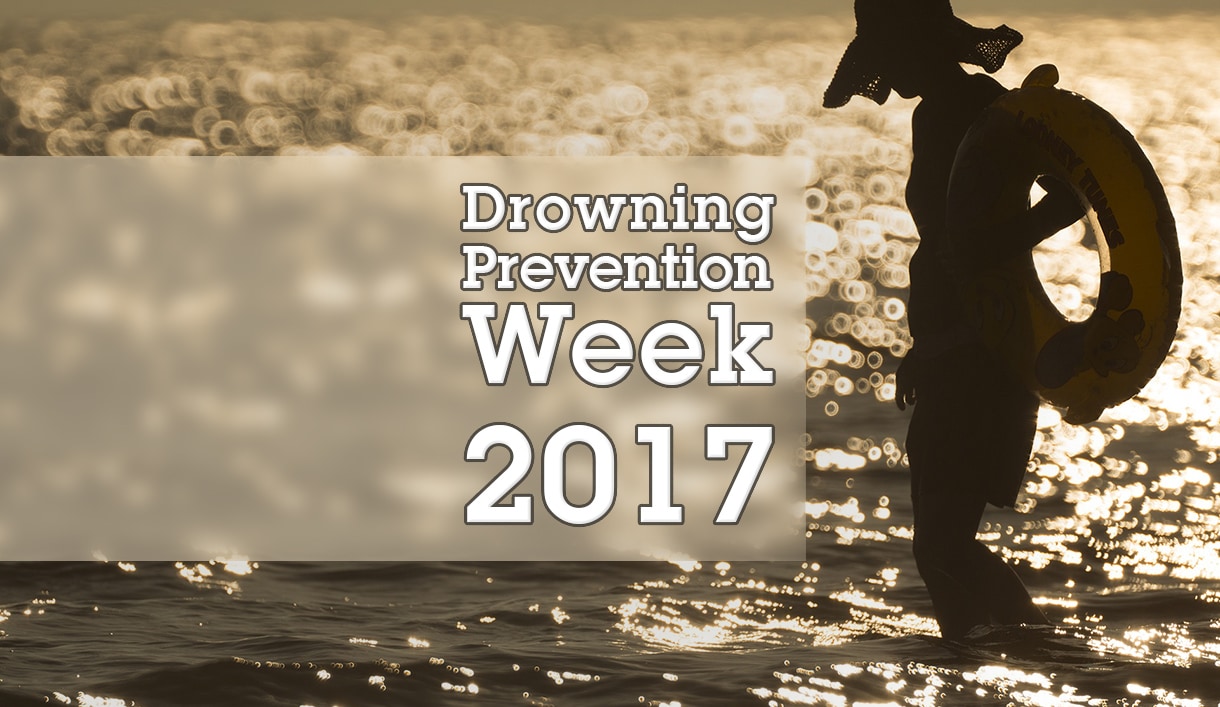Benchmarking Health and Safety Performance
Identifying Indicators and Improving
Benchmarking health and safety performance at work is vital to all organisations who want to excel beyond the threshold of legislative compliance. The IOSH Managing Safely course is a prime example of suitable training, which will aid employees identify these indicators and act accordingly to enhance health and safety within the workplace.
Safety practitioners whose aim is only to legally comply with legislation may be seen as a re-active safety practitioner, scraping by rather than excelling as a proactive advocate aiming to genuinely better their working environment. The motivation and goal should be to make the workplace as safe and healthy as possible rather than avoiding penalties.
As such it is imperative to ensure that appropriate benchmarking of health and safety performance is in place, in order to accurately gauge where targets are being met and where improvements need to made.
Key performance indicators must be established that are suitable and sufficient to each individual organisational requirement.
Key Performance Indicators
The key performance indicators can be broken down into two specific areas such as;
Leading Indicators
- Number of PTW’s completed weekly.
- Number of Job Safety Analysis completed weekly.
- Number of Hazard Observation/Near-miss reports weekly.
- Number of Health & Safety Training carried out weekly.
- Number of First Aid Training carried out weekly.
- Number of Man Hours Worked without Lost Time Accidents weekly.
- Number of Health & Safety Inspections recorded weekly.
- Number of Safety Audits carried out quarterly.
Lagging Indicators
- Number of first aid treatment cases recorded weekly.
- Number of Near-Miss Reports recorded weekly.
- Number of Unsafe Acts/Unsafe Conditions recorded weekly.
- Number of employee absenteeism from work weekly.
- Number of Safe systems of work failure recorded weekly.
Keeping track of these indicators and charting improvements against failings is integral in the benchmarking process, imperative to maintaining an incident, injury free working environment and exceeding rather than hovering on the line of legislative compliance.
Make sure your company sets an example by learning from its mistakes and excelling rather than settling for ‘adequate’ and accepting failings as within limits. There is no excuse for not trying to do better.
Kai Young CMIOSH









Leave a Reply
Want to join the discussion?Feel free to contribute!